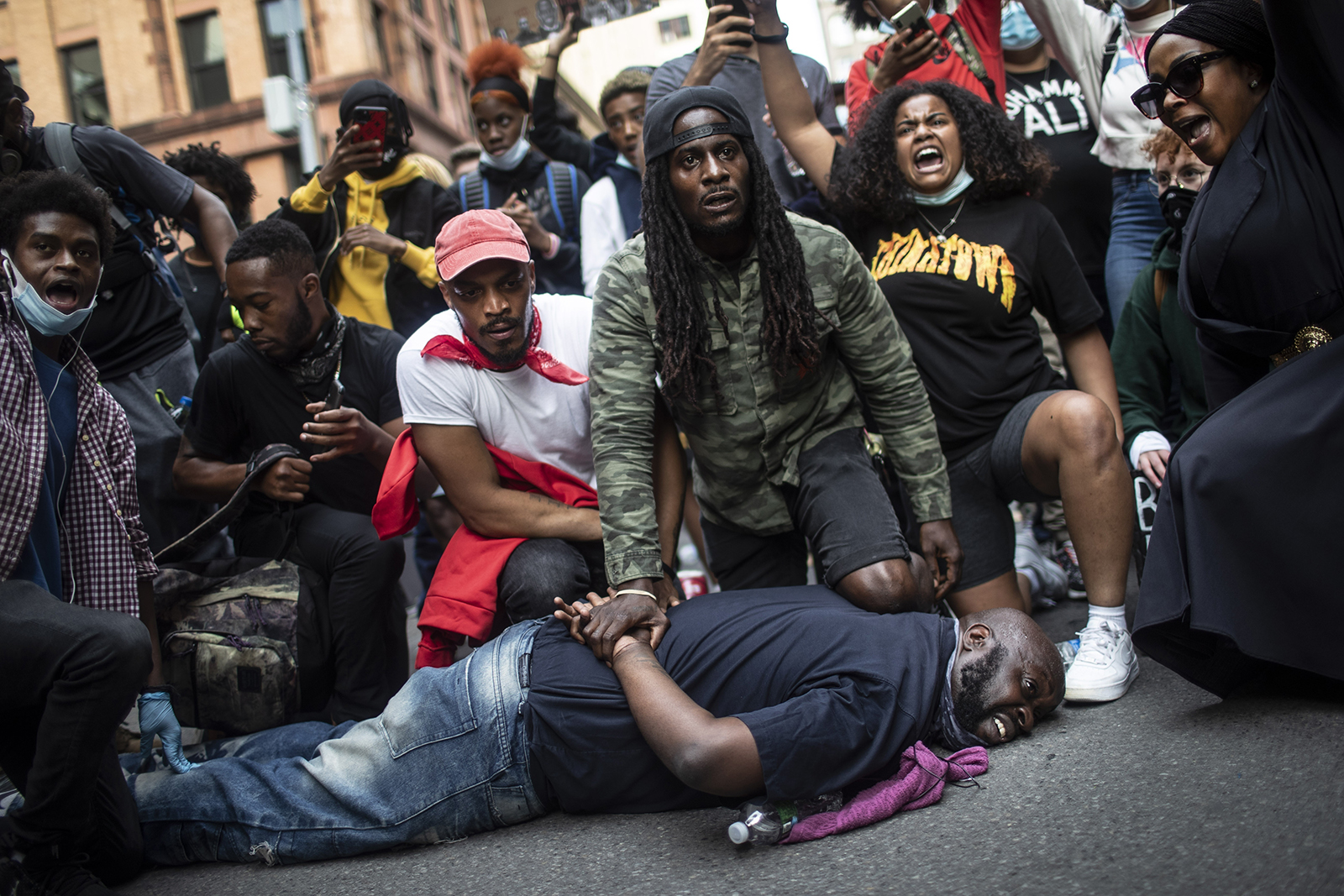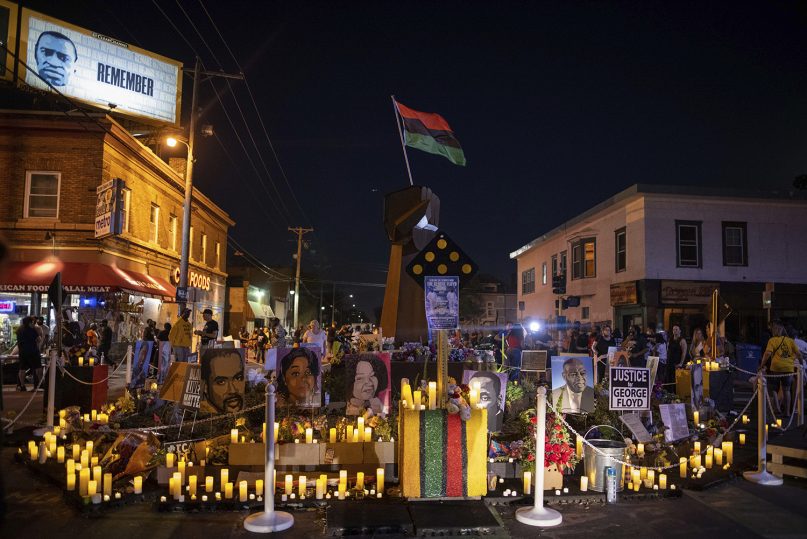(RNS) — Nonviolent struggle is a martial art. “War without weapons,” it’s called by many practitioners.
And in martial arts, balance is taught to be a crucial part of victory in battle. Renowned 17th-century Japanese warrior Miyamoto Musashi advised that, once an opponent becomes wibbly-wobbly, “to follow up firmly on any loss of poise … to prevent him from recovering.”
Today’s antiracist movements must learn how to apply this principle of combat in the fight against racism.
RELATED: If we’re rescinding Southern Baptist history, let’s undo our link to the Confederacy
The current hysteria in the U.S. about the growing influence of anti-racist ideas is a good sign in the struggle for racial progress. It suggests that last year’s uprisings for Black lives successfully knocked America’s white supremacist common sense off balance. Every bill that attempts to ban Nikole Hannah-Jones’ 1619 Project from school curricula, every seminary statement repudiating critical race theory, every Tucker Carlson rant about the existential threat of ethnic studies programs is a desperate attempt to regain equilibrium for white cultural hegemony.
It’s tempting to see this backlash as a move from strength, but consider the conflict from the opponent’s view. If the custodians of the status quo saw themselves in a position of strength, they’d still be doing with critical race theory what they’ve been doing since the discipline emerged in the 1970s: ignoring it.
As Musashi said, “As I see the world, if a burglar holes up in a house, he is considered a powerful opponent. From his point of view, however, the whole world is against him; he is holed up in a helpless situation.”

Protesters reenact the scene where George Floyd was restrained by police while marching in a solidarity rally June 2, 2020, in New York, calling for justice over his death. Floyd died after being restrained by Minneapolis police officers on May 25. (AP Photo/Wong Maye-E)
The Black Lives Matter movement has upended what theologian Walter Bruggemann calls the “royal consciousness” in the United States. The royal consciousness is Bruggemann’s term for cultural hegemony: the dominant worldview that pervades a nation, often shaped by things like “patriotic education,” mind-numbing mass media, state propaganda and civil religion. It cements imperial subjects in a culture of numbness that makes outrage about injustice unlikely and compassion for the oppressed nearly impossible.
Royal consciousness is on display when Americans take offense to the historical fact that the United States was founded as a white supremacist state and insist instead that America is the greatest democracy in the world. In the early days of the Black Lives Matter movement, to repeat the lie that America can’t be a racist country because we’re just better than that seemed enough to counter the movement’s charges against white America.
America’s royal consciousness was so secure that most institutions, besides the police, could more or less dismiss the Black Lives Matter uprisings before 2020. State legislatures didn’t feel the need to pass laws banning antiracist education. Corporations didn’t feel pressured to express support for the movement. Christian churches were largely silent. Not so today.
The gruesome murder of George Floyd by a smirking, sadistic police officer performed the prophetic task of disrupting this culture of numbness and denial about racial violence in the U.S. It summoned a world petrified with apathy to grieve the enduring global legacy of the transatlantic race war (better known as the slave trade).
RELATED: At least three critical race theory statements proposed for Southern Baptist meeting
The custodians of the status quo are scrambling to beat back this social grief, because that grief is fatal to the royal consciousness. Grief means that hegemonic veils that once rendered the regime’s violence invisible (or tolerable) have all been burned. If grief about injustice is possible, so is outrage. And if outrage about social oppression is on the table, so is revolution.
Now that America’s royal consciousness is feeling wibbly-wobbly, it’s more important than ever that the anti-racist movement “follow up firmly” with more strategic, nonviolent struggle. If they ban the 1619 Project in schools, it provides opportunities for student walk-outs and school lock-ins, mass teach-ins and teachers’ strikes. If legislators try to pass laws against antiracism education, they mark themselves to be primaried in the next election.
This is no time to lament that patrons of racist progress are fighting back against the gains of the Black Lives Matter movement. It’s time to strike a flailing racist hegemony before it fixes its stance.






